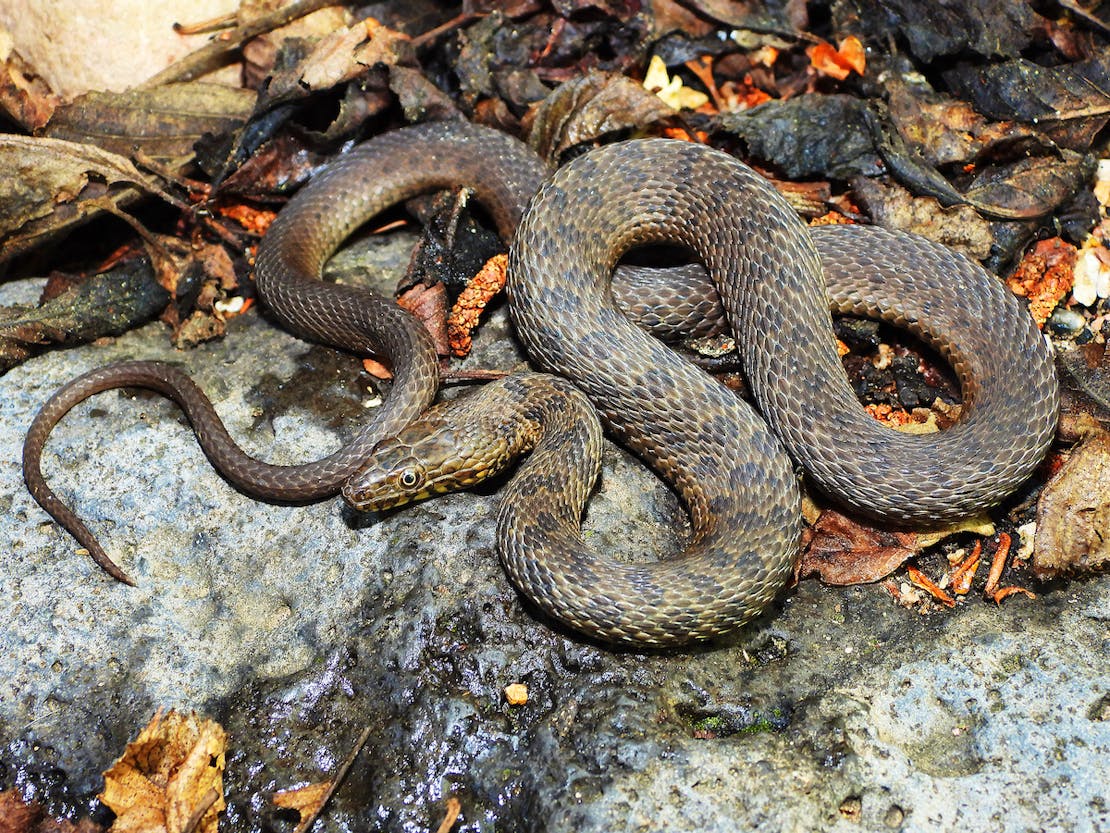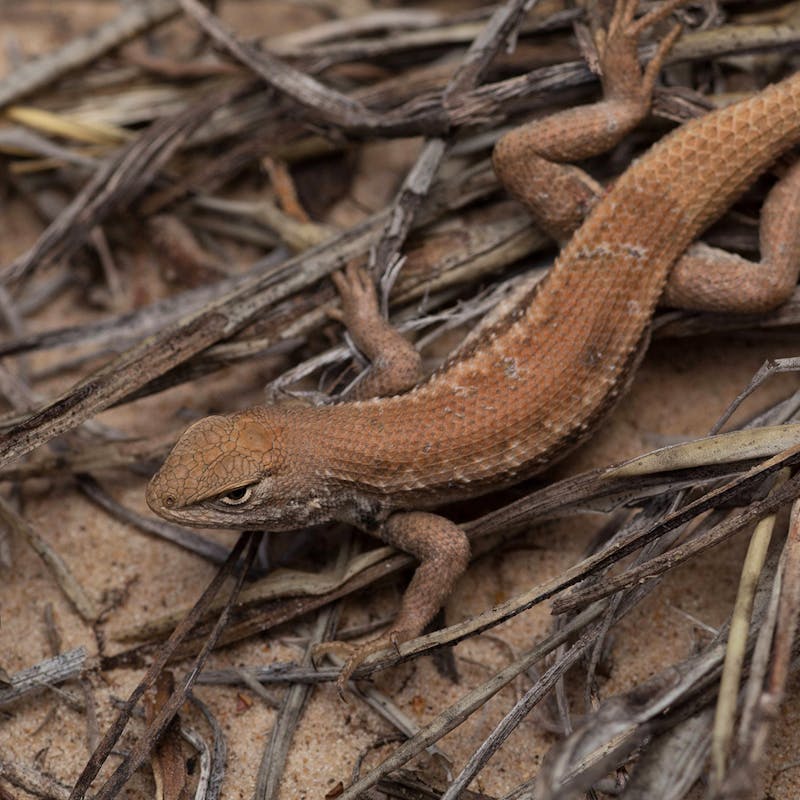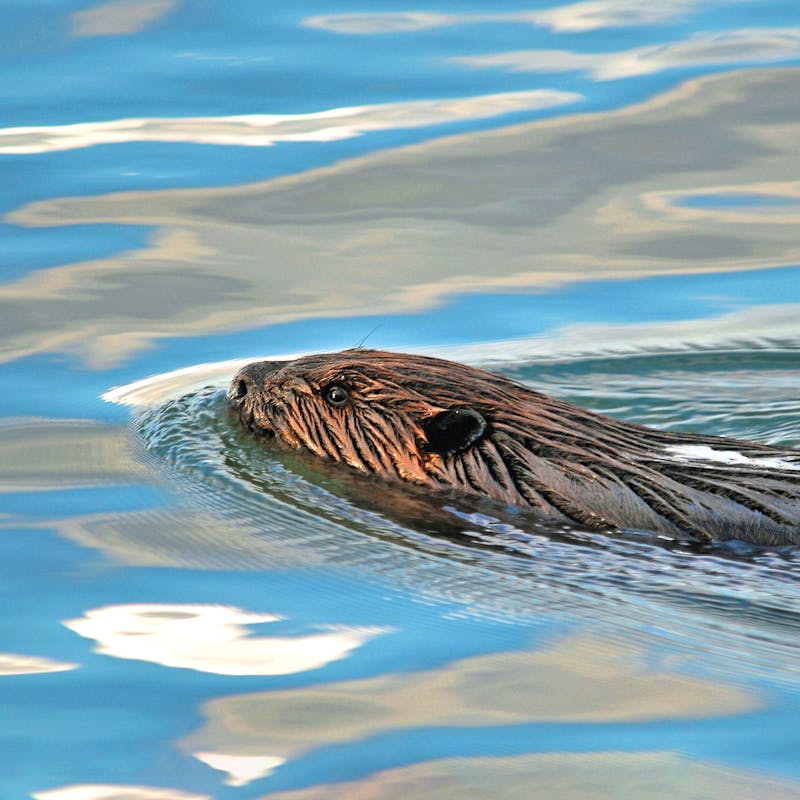We are Beaver Believers. We know beavers are superheroes in their ecosystems! In fact, they are part of an important group of animals called keystone species, which have a disproportionate impact on their environment. The impact of beavers is hugely positive.
Defenders of Wildlife works to protect beavers because conserving them means we are helping to solve complex environmental problems, promote biodiversity and contribute to the recovery of imperiled wildlife species. Read on to learn how, by conserving beavers in the Southwest, Defenders is also helping the following amazing animals!
Common Nighthawk
On warm summer evenings you may find yourself startled by a loud booming sound. No, it wasn’t a truck rushing by, but rather a male common nighthawk courting a female! This amazing bird is not well named. It is not a hawk, nor does it come out at night. Instead, this bird feasts on insects while flying at dawn and dusk.
The “common” part is also becoming inappropriate, sadly, as its population has been reduced by almost 60% and is still rapidly declining. The good news is beavers can help! Beavers create excellent insect habitats when they dam rivers. More insects mean more common nighthawks and other insect-eating wildlife!
Fireflies
Yes, fireflies! While far more common in the Eastern United States, these beetles – not flies – do occur in the dry Southwest. If you are lucky during the warm summer nights, you will see the night sky light up with yellow, green or orange flashes produced by fireflies. Males glow to attract females and every species flashes their beautiful light in a unique pattern!
Fireflies spend one to two years as larvae living in the soil and eating aquatic invertebrates. They need clean, standing water to survive and thrive. Beaver dams create such areas and thus provide excellent firefly habitat. Fireflies are declining worldwide, but conserving beavers can help these staple summer beetles!
Monarch Butterfly
The monarch butterfly is one of the most beautiful and unique butterfly species in the world. Its stunning orange coloration sends a message to predators that eating them will result in sickness. While adult monarchs consume nectar from a variety of flowers, they acquire the poison that sickens predators from toxic milkweed plants, which they eat as caterpillars. Monarch populations have declined dramatically, unfortunately, resulting in them being a candidate for listing under the U.S. Endangered Species Act.
In the Southwest, where water is limited, most monarch habitat occurs along rivers. When beavers create dams, they raise underground water tables, allowing milkweed, and other flowers, to thrive. So . . . conserving beavers helps monarchs!
Narrow-Headed Garter Snake
The narrow-headed garter snake is a non-venomous, semi-aquatic snake. It lives in and near cool headwater rivers in the Southwest, where it feeds on fish.
This snake’s population has declined significantly, and it is listed as threatened under the ESA. Beaver activity creates many different fish habitats, and thus creates excellent habitat for the narrow-headed garter snake and many other fish-eating wildlife species!
Northern Leopard Frog
Amphibians are among the most endangered wildlife on the planet. They face numerous threats, including disease, climate change induced drought and invasive species. The northern leopard frog, in particular, has undergone alarming declines and been nearly extirpated from its historic habitat in the Southwest.
Adult northern leopard frogs require deep ponds for breeding. When these ponds exist, females can lay up to several thousand eggs at one time. Beavers create deep ponds by damning rivers and streams. Conserving beavers, therefore, conserves the northern leopard frog and other amphibians!
Rio Grande Cutthroat Trout
The beautiful, native Rio Grande cutthroat trout is the southernmost subspecies of cutthroat trout. The term cutthroat refers to the vibrant red coloration under its head. Today, this unique fish subspecies is rare and only occupies 12% of its historic habitat. Rio Grande cutthroat trout face many threats, including drought and increased wildfire frequency and intensity, both of which are a result of climate change.
Beavers help keep water in rivers year-round. When they create dams, water levels rise and are sent into floodplains. The floodplains’ soil acts like a sponge soaking up water during wet periods. During dry periods, the soil then releases the water back into rivers, preventing them from drying out completely. The spillover from the beavers also creates lush, wet firebreaks in the landscape, helping to slow or stop the spread of increasingly intense wildfires.
Join Us in Helping Beavers
You can be like a beaver and help conserve these species too! If beavers live on your property, coexist with them. For example, prevent property damage with fences to protect trees and flow devices to minimize flooding. You can help shine a positive light on these critical animals by sharing their importance for wildlife conservation with everyone you know!














